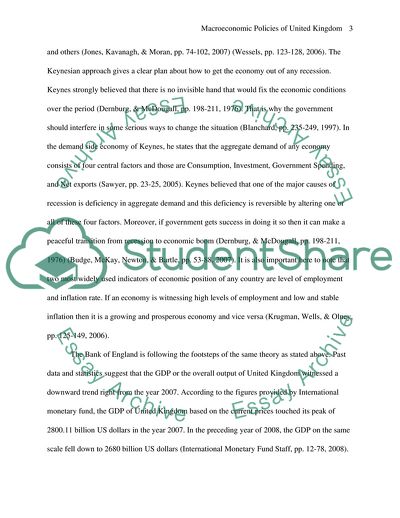Cite this document
(Macroeconomic Policies of the United Kingdom Essay, n.d.)
Macroeconomic Policies of the United Kingdom Essay. https://studentshare.org/macro-microeconomics/1731641-macro-economic-policies-introduced-by-the-uk-authorities-in-2008-2009-response-the-global-credit-crisis-and-the-uk-recession
Macroeconomic Policies of the United Kingdom Essay. https://studentshare.org/macro-microeconomics/1731641-macro-economic-policies-introduced-by-the-uk-authorities-in-2008-2009-response-the-global-credit-crisis-and-the-uk-recession
(Macroeconomic Policies of the United Kingdom Essay)
Macroeconomic Policies of the United Kingdom Essay. https://studentshare.org/macro-microeconomics/1731641-macro-economic-policies-introduced-by-the-uk-authorities-in-2008-2009-response-the-global-credit-crisis-and-the-uk-recession.
Macroeconomic Policies of the United Kingdom Essay. https://studentshare.org/macro-microeconomics/1731641-macro-economic-policies-introduced-by-the-uk-authorities-in-2008-2009-response-the-global-credit-crisis-and-the-uk-recession.
“Macroeconomic Policies of the United Kingdom Essay”. https://studentshare.org/macro-microeconomics/1731641-macro-economic-policies-introduced-by-the-uk-authorities-in-2008-2009-response-the-global-credit-crisis-and-the-uk-recession.


